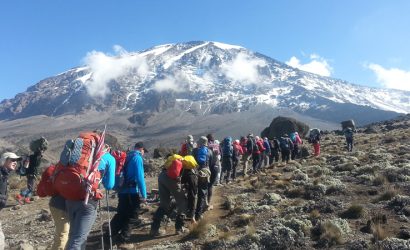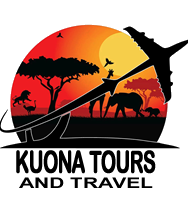Kilimajaro Climbing Tours
Kilimanjaro is not only Africa’s tallest peak, but also the world’s tallest free standing mountain. The summit, named Uhuru Point, is 5,895 meters (19,341 feet) above sea level.
Most high mountains are part of ranges, such as Mount Everest’s Himalayan Mountain Range. These are formed in a process called plate tectonics. Below the ground, Earth’s crust is made up of multiple tectonic plates. These plates have been moving since the beginning of time due to geologic activity.
When plates push against each other, the edges crumple, forcing slabs of rock into the air. These are known as fold mountains and are the most common type of mountain. A fault-block mountain range is caused when a fault (crack) in the Earth’s crust pushes blocks of rock up between two tectonic plates. The uplifted blocks become block mountains.
Free standing mountains like Kilimanjaro are usually a result of volcanic activity. Volcanic mountains are formed when molten rock erupts, and piles upon the surface.

Considered to be the most beautiful and scenic of the various routes up Mount Kilimanjaro, the Machame Route is appropriate...

Considered to be the most beautiful and scenic of the various routes up Mount Kilimanjaro, the Machame Route is appropriate...

Marangu route is a classic trek on Mount Kilimanjaro. It is the oldest, most well established route.
